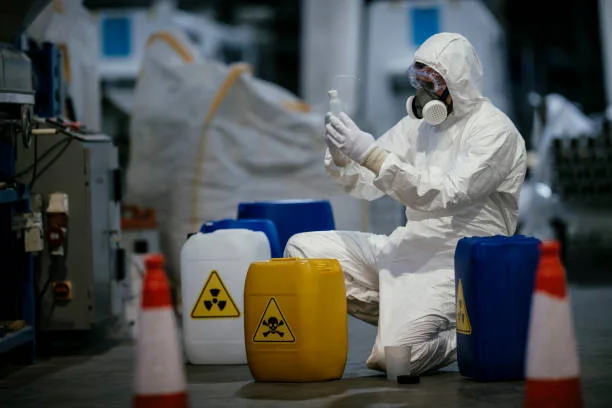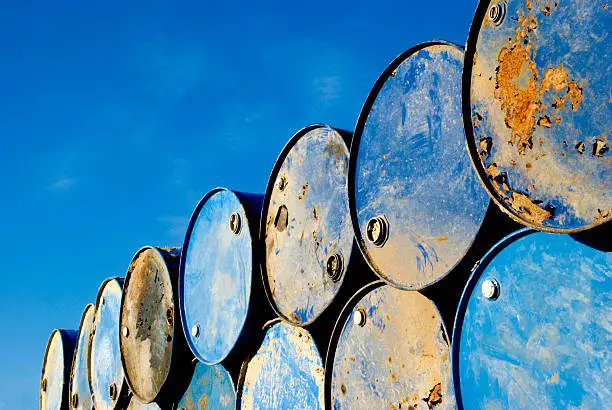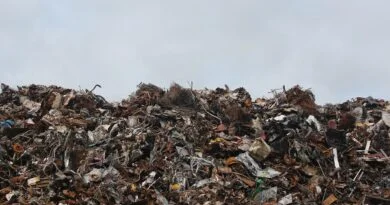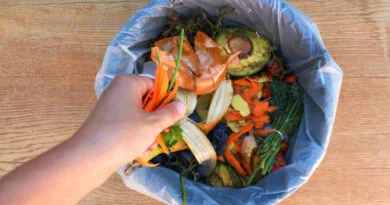Ways To Generate Income From Chemical Wastes
Chemical wastes are undesirable by-products of the manufacturing, usage, or processing of chemicals. These wastes may exist as liquids, solids, gases, or sludge, among other forms.
They may be hazardous, which denotes that they are harmful or toxic, or non-hazardous, which denotes that there is little threat to either human health or the environment from them.
There are several strategies to handle chemical wastes, including treatment, storage, and disposal. To safeguard both the environment and human health, it is crucial to treat chemical wastes properly and ethically.
Ways To Generate Income From Chemical wastes

Several methods exist for making money from chemical waste:
(1) Recycling
Recycling chemical wastes is the practice of gathering and handling chemicals that have been used or thrown away in order to lessen their environmental effect.
A number of techniques, including chemical modification, energy recovery, and the recycling of raw materials, may be used to achieve this.
Recycling chemical wastes has a number of advantages, including lowering the need for raw materials, saving energy, and lowering pollutants. To protect the public’s and employees’ safety, it is crucial to manage chemical wastes safely and adhere to the correct safety procedures.
There are several chemical waste products that may be recycled and utilized as raw materials to make other goods. For instance, discarded batteries may be recycled and used to make new batteries, and used oil can be recovered and used as a lubricant.
Read Also: Ways To Generate Money From Bulky Wastes
(2) Energy restoration
The process of catching and reusing energy that would otherwise be lost is referred to as energy recovery. There are many ways to recover energy, such as using waste heat from power plants to heat buildings or grow plants in greenhouses, capturing the heat produced by industrial processes and using it to generate electricity, and using regenerative brakes on vehicles to convert kinetic energy into electricity.
Energy recovery may aid in lowering greenhouse gas emissions and the need for non-renewable energy sources. Energy may be produced by burning certain chemical waste products. For instance, the incineration of municipal solid waste (MSW) is a popular technique for energy recovery in which garbage is burnt to create power.
It is possible to extract energy from chemical waste in a few distinct methods. Burning the garbage in a controlled setting, like a waste-to-energy facility, is one option.
In order to power residences and commercial establishments, this may provide heat and electricity. Another approach involves using bacteria to degrade chemical waste and produce biogas, which may be used as fuel.
The compounds found in garbage may also be recycled and used as feedstocks to create new chemicals or materials, which can save energy compared to creating these substances from raw materials.
(3) Recovery of landfill gas
As organic garbage decomposes in landfills, methane, a strong greenhouse gas, is produced. Capturing this methane and utilising it as a sustainable energy source is known as landfill gas recovery.
The process of recovering landfill gas entails capturing and using the methane and other gases generated during the breakdown of organic waste in a landfill.
When this gas is burnt to produce electricity or heat, it may serve as a source of clean, renewable energy. However, a number of other gases, such as carbon dioxide, water vapor, and traces of other chemical compounds, may also be found in landfill gas.
A network of pipes is placed within the landfill to collect the gas in order to recover it. Before being burnt for energy, the gas is subsequently cleaned to eliminate any impurities or pollutants.
Chemical waste, such as hazardous compounds or industrial solvents, may emit gases as they break down in a landfill. Since these gases could include poisonous or dangerous substances, appropriate safety measures must be implemented to prevent their discharge into the environment while the recovery process is underway. Chemical waste disposal must be done correctly in order to reduce any dangers that might arise from landfill gas recovery.
(4) Recovering resources
The creation of other goods may employ certain chemical waste products as raw resources. For instance, slag from metal smelting may be used to make road building materials, while fly ash from coal-fired power plants can be used to make cement.
Resource recovery from chemical wastes is the process of removing beneficial elements for recycling or reuse from waste streams. Due to the danger and difficulty in handling chemical waste, this procedure may be complex.
However, a variety of valuable commodities, including metals, solvents, and other compounds, may be recovered from chemical waste streams with the correct procedures and tools.
Distillation, solvent extraction, and chemical precipitation are a few typical techniques for recovering resources from chemical waste.
Resource recovery may assist in minimizing the environmental effect of chemical production and usage as well as the demand for raw materials, in addition to lowering the quantity of waste that has to be disposed of.
(5) Reuse
Certain chemical waste products may be utilized again right away with no further processing. Leftover tires may be retread and put to use again, for instance, while utilized solvents can be used as cleaning agents.
Reusing chemical waste may be both an economical and sustainable method of trash disposal. Common techniques for recycling chemical waste include:
- Recycling: A little amount of chemical waste may be recycled and utilized to make new chemicals. For instance, leftover solvents may be processed and utilized as a raw material to create new solvents.
Chemical waste may be utilized as a fuel source to produce heat or power as part of energy recovery. Some chemical waste may be reused as a raw material in other industrial operations.
- Donating or selling: Non-hazardous chemical waste may be given or sold to other organizations for recycling.
- Reconditioning the waste: Entails putting it through a procedure to make it usable once again, such distillation or neutralization.
- Breaking down the trash into its component chemicals and utilizing them as starting materials for subsequent chemical processes might be one method of utilizing the waste as a feedstock.
- Safe trash disposal: If the garbage cannot be recycled or repurposed, it is crucial to do so in a manner that will have the fewest negative effects on the environment.
This may include processing the garbage to get rid of any dangerous substances or chemicals, or burying the waste in a landfill that is built correctly. To guarantee that recycling chemical waste is done safely and ethically, it is crucial to adhere to the correct legislation and norms.
Read Also: Siberian Cat Adoption Guide and Procedure



